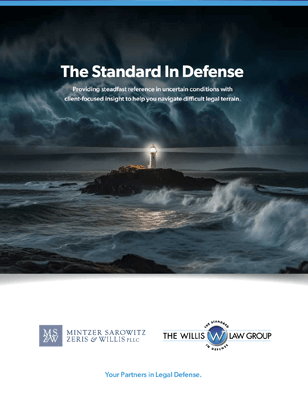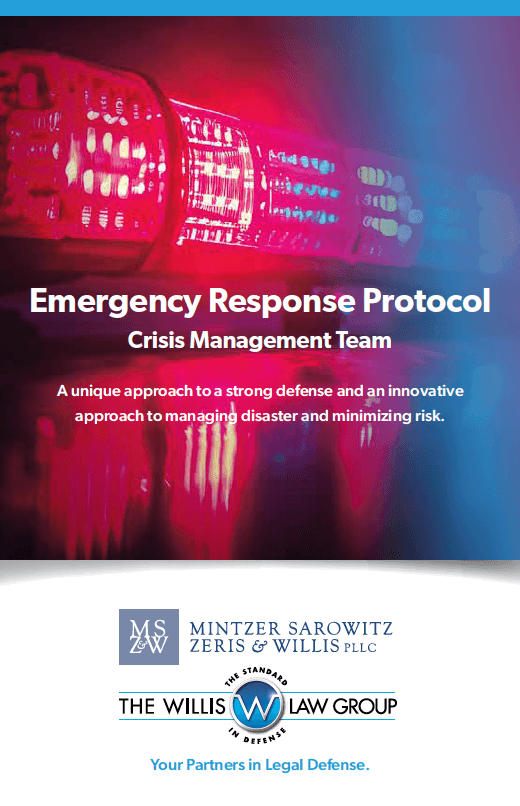Current Laws in New York Regarding Piercing the Corporate Veil
Mar 22, 2018 - News by Defense Counsel
Determining When a Business has Pierced the Veil
As most professionals in the legal and insurance fields are aware, the law permits a business to incorporate for the purpose of permitting the business owner to escape personal liability as long as there is no co-mingling of funds and/or the privilege of the separation is not abused so as to permit the piercing of the corporate veil.
When the owner of the corporation uses control of that corporation to further the owner’s own business rather than the business of the corporation, the owner becomes liable pursuant to the principle of respondent superior (which holds that an employer is responsible for the worker’s actions performed within the course of their employment). For example, the courts will look to determine whether the owner has so completely dominated the business and used the corporation as an instrument to further the owner’s own personal business.
Proving that the Privilege of Separation was Abused
If the court finds that the owner has abused his control of the corporation, the court will permit the piercing of the corporate veil upon a showing of a wrongful or unjust act towards a third party. Under this scenario, the party seeking to pierce the corporate veil must do so by a preponderance of the evidence by establishing that a causal relationship exists between the misuse of the corporation and the harm suffered by the third party. The courts will typically seek to determine whether:
- The owner transfers funds back and forth between personal and corporate accounts;
- The owner uses corporate funds and property for personal use or obligations;
- The corporation is under-capitalized;
- There is a lack of corporate formalities (stock, elections, records);
- The owner and corporation share common office space and telephone numbers;
- There is an overlap in ownership and personnel.
Although it is not necessary for the aggrieved party to plead or prove fraud, proof of fraud will be a persuasive argument to permit the piercing of the corporate veil. Examples of fraud include, for example, the transfer of funds from the corporation to family members of the owner when the owner retained control of the funds after the transfer and showed a lack of consideration for the transfer. The third party can also prove constructive fraud, which likewise involves the transfer of corporate assets without adequate or any consideration.
The Alter Ego Doctrine
New York courts may permit the piercing of the corporate veil between affiliated or subsidiary corporations in instances where the dominant or parent corporation uses the subservient corporation to engage in wrongful conduct. This is known as the “alter ego doctrine” which will permit a court to allow an action directly against the parent or dominant corporation.
Attorneys and insurers should be aware of the possible arguments that could be raised by a plaintiff to permit the plaintiff to pierce a corporate veil. It is especially important in claims that could involve parent-sub servant corporations, as well as in claims involving products liability where one corporation owns a second corporation, as the alter ego doctrine may permit the plaintiff to implead the parent corporation (typically the insured corporation) as a defendant, thus creating issues of insurance coverage at the forefront. Due diligence at the early stages of the claim may prevent unwanted surprises later in the life of the litigation.



